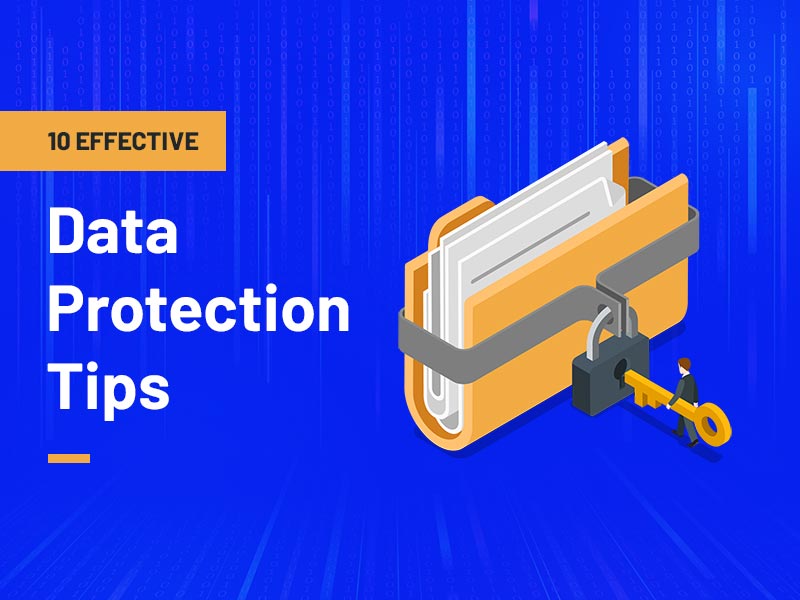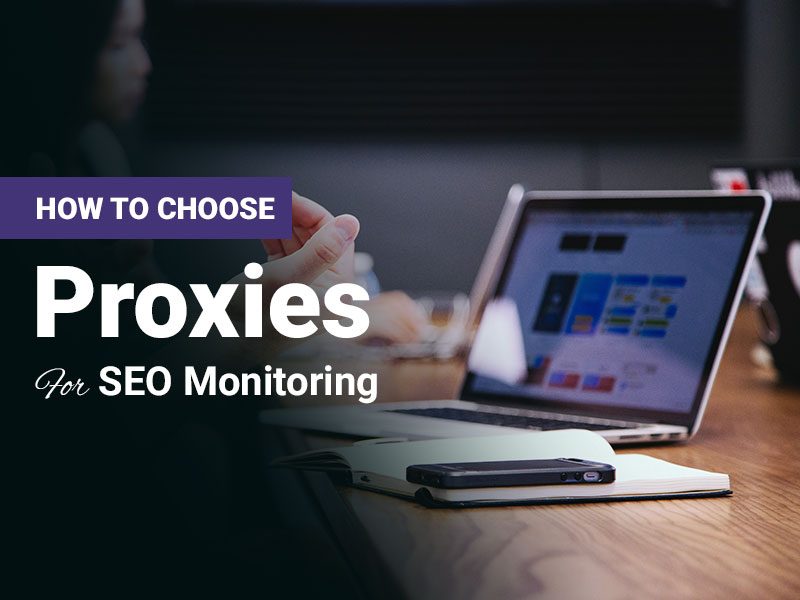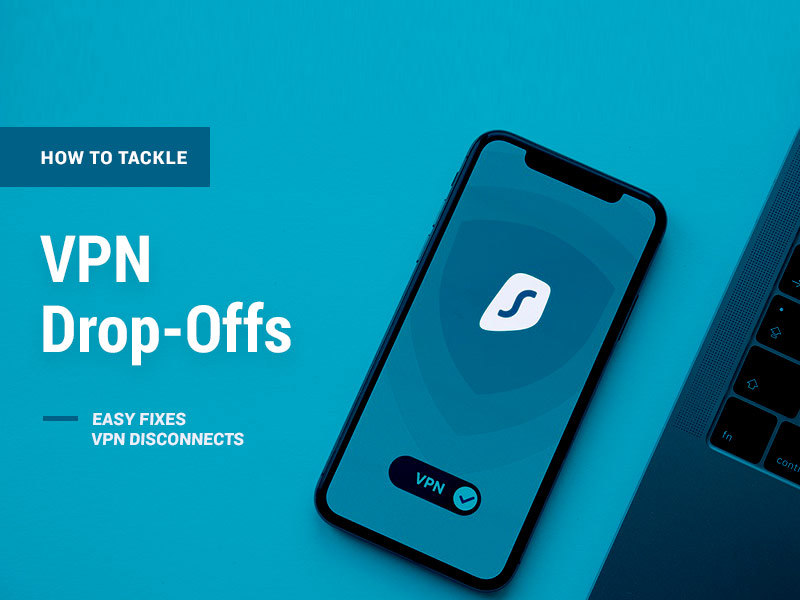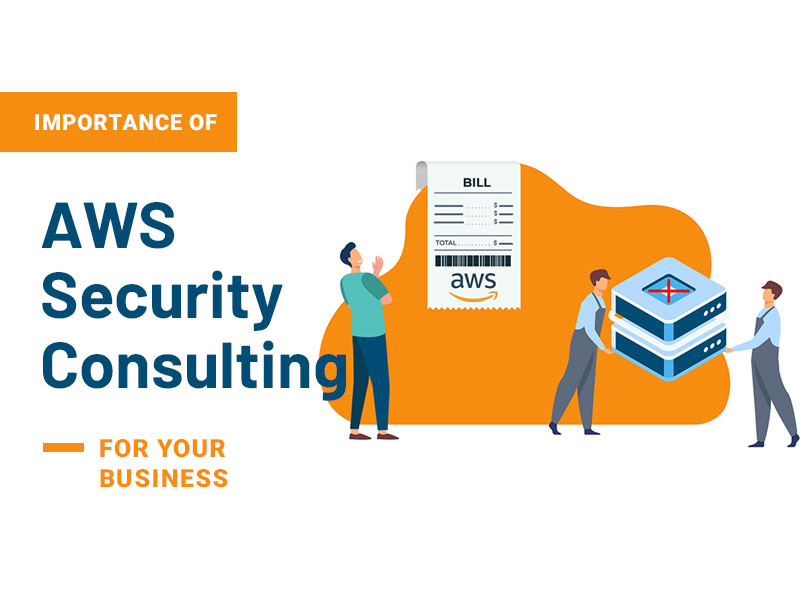Web design is an important part of the online experience, and security is critical when it comes to data protection. Without proper data protection, you could face serious consequences due to confidential information leaks.

To ensure that you remain compliant with regulations and don’t risk your data, it’s important to be aware of the best practices in data security.
Hence, this blog post will provide 10 simple yet effective data protection tips every web designer should know. These tips can help ensure that your privacy is secure and your customers’ data is safe.
Effective Data Protection Tips for Web Designers
1. Keep Your Software Up to Date
Keeping software up to date is a critical part of data protection for web designers. Not only do newer software versions tend to include security updates, but they also often include bug fixes and feature enhancements that improve the user experience.
To ensure your software is up to date, regularly keep an eye on updates and install them as soon as they become available. Besides, configure automatic updates, so your software is automatically kept up to date with the latest version.
2. Use Strong Passwords
A strong password is essential to protecting data, especially for web designers. In addition, the use of strong passwords helps to protect sensitive information from malicious actors who might be attempting to gain access to valuable information.
Instead of using the most common passwords, you should use long passcodes that are complex and difficult to guess, incorporating numbers, symbols, and upper case and lower case letters. Additionally, you should update passwords regularly and use unique passwords for each account to protect data further.
3. Use Two-Factor Authentication (2FA)
2FA is a data protection measure for every security-conscious user. It adds a second layer of security by requiring two distinct forms of authentication before allowing access to an account.
This can be a combination of something the user knows, like a password, and something they have, like a code, sent to their phone.
By implementing 2FA, web designers can protect their accounts and confidential information from malicious actors. The combination of passwords and codes makes it nearly impossible for attackers to gain access, keeping sensitive data safe.
4. Encrypt Your Communications
Encrypting your communications helps secure sensitive information when you send messages or exchange data.
Encryption prevents data from being read by anyone other than the intended recipient and ensures that your messages remain confidential.
Tools such as TLS/SSL or PGP encryption can encrypt emails, instant messaging conversations, and other forms of online communication, protecting your privacy and business reputation.
5. Use a VPN
A virtual private network (VPN) is a great tool for web designers who want to protect their data while working online.
A VPN encrypts the data wandering between your device and the internet, making it virtually impossible for hackers to intercept or access your personal information. It also hides your IP address, making it difficult for malicious actors to trace your online activity.
Finally, a VPN prevents your ISP from monitoring your online activity and limits what third parties can see about your connection.
Recommended: Are VPNs and Private Browsing Really Safe?
6. Practice Good Opsec
Good operational security (Opsec) is essential for web designers looking to protect their data. Opsec helps to identify, control and protect data from unauthorized access.
You can protect your data by following good Opsec practices, such as limiting access to confidential information, encrypting data, and implementing strong password policies.
You should also use secure communication channels when transferring sensitive data and regularly update security protocols to ensure the highest level of protection.
7. Be Careful About What You Click
You need to be aware of the potential threats lurking on the internet. You should exercise caution when clicking on links or downloading files from unfamiliar sources.
As a web designer, you can ensure your data stays safe and secure by being mindful of what you click on. Taking this step will prevent you from becoming a victim of cybercrime.
8. Avoid Phishing Attacks
Phishing attacks are emails or text messages aimed at tricking you to share your sensitive data. One of the best ways to avoid phishing attacks is to never click on links or open attachments sent in an email unless you know the sender and trust the email.
If you happen to receive a suspicious SMS you can verify the phone number on PhoneHistory to ascertain the true identity of the sender before reading the content of the message.
Finally, never enter personal or confidential information on a website that doesn’t have an encrypted connection. These precautions will help protect your data from malicious phishing attacks.
9. Back Up Your Data
Backing up data is essential for any web designer to ensure their work is safe and secure. A regular backup system is the best way to protect your data from damage or loss.
You can use cloud storage services, external hard drives, or USB drives to back up your data and create manual backups of your project files. Besides, you should keep multiple versions of your projects to easily revert to an earlier version if you experience any data loss.
10. Report Security Incidents
You need to report security incidents to protect your data. Incidents should be reported as soon as possible to ensure a prompt response and reduce the damage caused.
You should know who to contact for reporting an incident, either the appropriate IT team or an external service provider. It is also important to document the steps taken during the incident, including any evidence gathered, to provide a complete and accurate report.
Wrapping Up!
Data protection is an important part of web design. By following best practices for data protection, you can create a secure and trustworthy environment for yourself and your clients.
Remember to continually review and update your data security measures as technology advances so that you can continue to protect your data well into the future.
With these 10 data protection tips, you now have the necessary information to protect your privacy and the privacy of your clients and keep data safe and secure.







